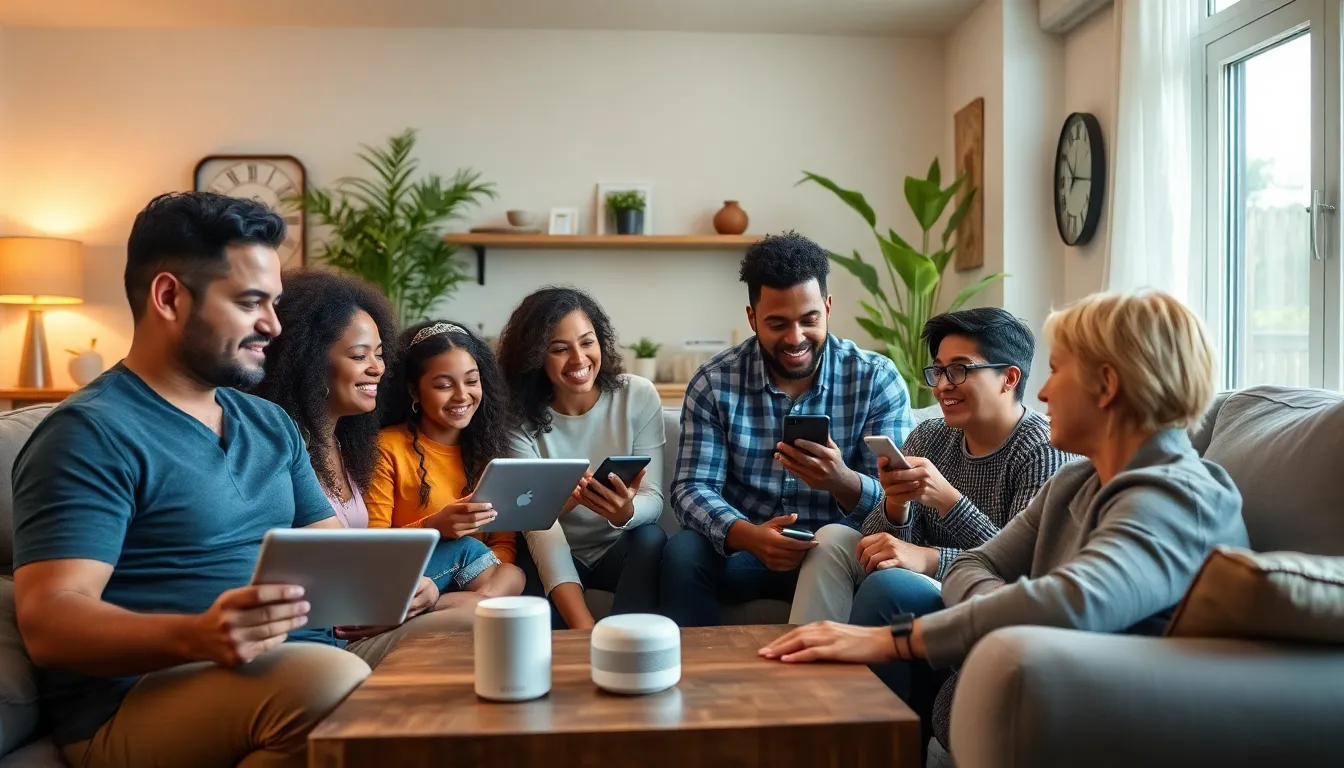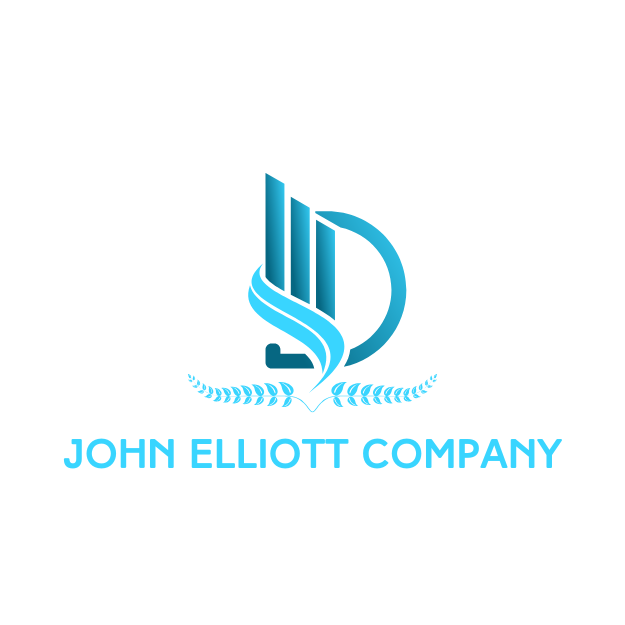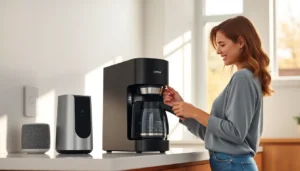In a world where time is the ultimate currency, automated routines are the secret sauce that turns chaos into calm. Imagine waking up to a perfectly brewed coffee, your favorite playlist blasting, and your smart thermostat adjusting to the ideal temperature—all without lifting a finger. Sounds like a scene from a sci-fi movie, right? But it’s not; it’s just another Tuesday in the life of someone who’s embraced automation.
Overview of Automated Routines
Automated routines simplify daily tasks, making life more manageable. They leverage smart technology to execute repetitive activities without human intervention. Tasks like setting alarm clocks, brewing coffee, or adjusting lights occur seamlessly, saving time and effort. When systems connect through Internet of Things devices, users experience enhanced convenience.
Features of automated routines include scheduling devices, integrating applications, and controlling home environments. Smart assistants like Amazon Alexa and Google Assistant enable voice commands that initiate actions instantly. Users can customize these routines based on personal preferences, ensuring tasks align with individual lifestyles.
Statistics show that over 63% of households in the U.S. use some form of smart home technology. Automation offers energy savings, emotional relief, and improved efficiency. By programing routines, individuals reduce decision fatigue, allowing for better focus on significant tasks throughout the day.
Examples of automated routines vary widely. Morning routines may involve lights gradually brightening, temperature adjustments, and music playing softly. Evening routines can include locking doors, lowering shades, and scheduling home security systems, promoting a sense of safety. Automation indeed caters to diverse activities and preferences.
Using automated routines creates a structured environment that enhances productivity and well-being. Businesses also benefit by automating workflows, leading to improved operational efficiency. As technology advances, automated routines reflect a shift toward a more efficient and connected lifestyle.
Benefits of Automated Routines

Automated routines offer significant advantages in daily life. Efficiency increases and time savings become apparent through the integration of smart technology.
Time Savings
Automated routines save considerable time each day. According to statistics, users experience up to 30% more free time by automating mundane tasks. For instance, smart home devices can manage lighting, heating, and even coffee preparation without manual input. Those who adopt these technologies eliminate the need for constant adjustments. Task prioritization becomes simpler when routines manage time-consuming chores. Through automation, individuals face fewer distractions allowing for more focused attention on important activities. Ultimately, these saved minutes accumulate, leading to hours reclaimed each week.
Increased Efficiency
Efficiency improves with the implementation of automated routines. Smart devices enhance productivity by completing tasks faster than manual methods. For example, automated grocery lists suggest items based on past purchases, streamlining shopping trips. Individuals can focus on strategic decision-making when routine tasks are offloaded. Businesses, too, benefit from automation through improved operational processes. Staff members devote more time to critical projects when routine operations run seamlessly. As a result, the overall effectiveness of both personal and professional environments experiences a noticeable boost.
Types of Automated Routines
Automated routines exist across various facets of life, enhancing convenience, efficiency, and productivity. They streamline daily activities, allowing for more focus on significant tasks.
Home Automation
Home automation transforms living spaces into efficient environments. Smart devices manage lighting, heating, and security, often responding to pre-set schedules or voice commands. For instance, gradual lighting changes can help facilitate a natural wake-up process. Integrating these technologies leads to energy savings, as users can control devices remotely. Over 63% of U.S. households engage in some form of home automation. This growing trend reflects an increasing desire to simplify and enhance everyday living experiences.
Workplace Automation
Workplace automation drives efficiency and productivity in professional settings. Automated tools can streamline repetitive tasks such as scheduling meetings and managing emails. By utilizing software for project management, teams collaborate more effectively, reducing the time spent on administrative duties. Reports indicate that organizations experience up to 30% improvement in workload management after implementing automation strategies. These enhancements allow employees to concentrate on higher-value projects, fostering a more innovative work environment.
Personal Finance Automation
Personal finance automation offers individuals the opportunity to manage their finances effortlessly. Tools like budgeting apps and automatic bill payments help users stay organized and avoid late fees. Regularly saving a set amount can be fully automated, allowing users to build their investments over time without manual intervention. Research shows that individuals who automate savings can increase their savings rate by 50% or more. Such routines create peace of mind, enabling individuals to focus on financial goals and long-term planning.
Challenges of Implementing Automated Routines
Implementing automated routines presents various challenges that users encounter.
Technical Barriers
Technical limitations often hinder the smooth adoption of automated routines. Compatibility issues arise when devices from different manufacturers lack standard communication protocols. Integration complexities may frustrate users, especially when setting up complex systems. Users require a solid understanding of technology to navigate automation setups, which can lead to potential mistakes. Connectivity problems, including Wi-Fi disruptions, can interrupt automated functions. Additionally, software updates may necessitate reconfigurations, causing further inconvenience. Troubleshooting these technical barriers requires time and expertise, which not everyone possesses.
Security Concerns
Security remains a significant concern when implementing automated routines. Vulnerabilities in smart devices can expose users to privacy breaches. Hackers may gain unauthorized access to networks, leading to potential data theft or manipulation. Users often underestimate the importance of securing their networks. Protecting devices with strong, unique passwords reduces the likelihood of breaches. Regular software updates play a crucial role in patching security flaws. Transparency regarding data usage is essential, as users should know how their information is collected and stored. Adopting robust security practices enhances confidence in automated technologies.
Future of Automated Routines
The future of automated routines appears promising, with advancements in artificial intelligence and machine learning driving innovation. As devices become smarter, integration capabilities across various platforms improve. Users can expect more seamless interactions between their appliances and personal devices, enhancing overall convenience.
Growth in Internet of Things (IoT) technology fuels this evolution. Over the next few years, forecasts indicate that smart device adoption will escalate, reaching approximately 75% of U.S. households. This widespread adoption emphasizes the increasing demand for efficiency and simplicity in daily life.
Enhanced personalization also shapes the future landscape of automated routines. Users can anticipate smarter algorithms that learn habits and preferences, tailoring routines to individual needs. With such customization, morning rituals may include unique lighting, temperature adjustments, and music selections based on personal moods.
Security features will also evolve, addressing concerns from users about data privacy. Developers will likely implement stronger encryption methods, promoting safer environments for connected devices. The focus on robust security measures enhances user confidence in adopting smart automation technologies.
Companies in various sectors will continue to explore automated solutions. Many organizations presently adopt technologies to streamline operations and enhance productivity. Future innovations will likely lead to greater collaboration between personal automation and business practices, creating a more harmonious balance in life.
Moreover, societal shifts towards sustainability will influence automated routines. Energy-efficient devices will gain traction, allowing users to optimize resource consumption. Adoption of greener technologies signifies a commitment to both personal efficiency and environmental stewardship.
Savvy consumers stand to reap significant benefits from these advances, experiencing improved quality of life through enhanced automated routines. Rising expectations for technology will inspire further innovations that meet the evolving needs of society.
Automated routines are reshaping how individuals approach daily tasks. By embracing smart technology, they can streamline their lives and enhance productivity. The benefits extend beyond convenience; they also promote a sense of calm and control in an increasingly chaotic world.
As technology evolves, the potential for personalized routines will only expand. Users can look forward to smarter devices that adapt to their unique habits and preferences. While challenges exist, adopting robust security practices will ensure a safer experience.
Ultimately, automated routines represent a significant shift towards a more efficient lifestyle, enabling individuals to focus on what truly matters. By integrating these systems into everyday life, they can enjoy greater freedom and improved well-being.





